The past endive season was more than just challenging due to a lack of planting material, the late start to the harvest, and inconsistent root quality, says Lukas Klimesch of the company of the same name. The company, based in Lafnitztal in the Burgenland region of Austria, has been considered the leading endive grower in Austria for several years. According to Klimesch, the outlook for the 2025 season is much better. "The quality of the available roots is consistently good, we see no diseases in our stocks. However, the size of the sprouts is slightly below average. The transition from the old to the new root stocks was somewhat more complicated than in 'normal' years because we had to resort to new roots exceptionally early in the forcing process, which correspondingly reduced yields in November and the first week of December."
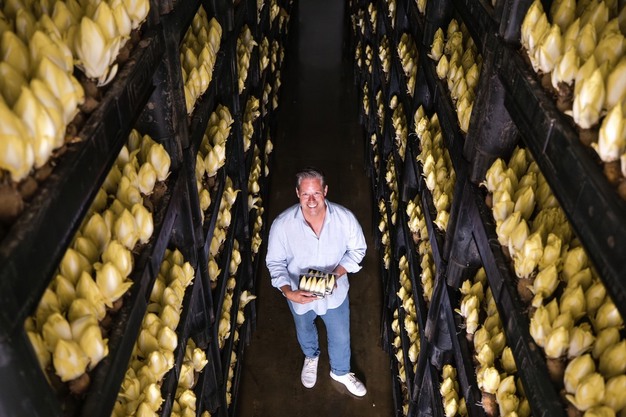 Lukas Klimesch in the dark room. For now, the roots are still being procured from abroad, but the company is also trying to interest regional growers in root cultivation.
Lukas Klimesch in the dark room. For now, the roots are still being procured from abroad, but the company is also trying to interest regional growers in root cultivation.
Agrar Klimesch GmbH has been producing endive for a few years. Initially, they also cultivated a few other vegetable varieties that are still rare in Austria, but now the main focus is entirely on endive. The company has its partners grow the roots and primarily focuses on the forcing process. "Demand on the Austrian market is stable, with a slight upward trend," says Klimesch, who also points out the necessary educational work. The brand-independent website www.chicoree.at was launched to educate consumers about the health and sustainability aspects, as well as the versatility of the vegetable.
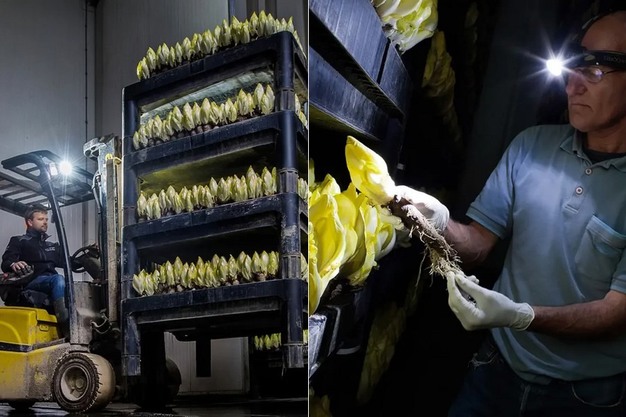 In France, endives are blanched, boiled, fried, gratinated, or grilled, making them a staple of both haute cuisine and home cooking. Agrar Klimesch GmbH, on the other hand, only produces class I to extra endives. The sprouts are allowed to grow a little shorter, deliberately achieving a slightly lower weight and yield. The vegetables are also said to be less bitter.
In France, endives are blanched, boiled, fried, gratinated, or grilled, making them a staple of both haute cuisine and home cooking. Agrar Klimesch GmbH, on the other hand, only produces class I to extra endives. The sprouts are allowed to grow a little shorter, deliberately achieving a slightly lower weight and yield. The vegetables are also said to be less bitter.
Cost increases and guaranteed freshness
In addition, customers in the neighboring countries of Slovenia and Hungary are also supplied. "We are surprised by the very high demand in these markets. As far as we know, hardly any endive has been sold in these countries until recently. The sales prices there are at the Austrian level. Admittedly, we cannot offer any price reductions due to our customers' different geographical locations, since, like almost all companies, we are struggling with constantly rising production costs despite rationalization measures." Klimesch continues, explaining that the planting material became 25 per cent more expensive from 2024 to 2025, while energy and packaging costs remained roughly stable.
"Our company produces a niche product," emphasizes the endive specialist. "This means that our quality and selling prices are somewhat higher than in most neighboring EU countries. This is due to several factors, such as the high-quality packaging, smaller caliber sizes, and thus higher quality, but also the higher logistics costs due to the greater distance from the root cultivation areas." The shorter transport distances to the customer and uncompromising freshness are an advantage. "Our goods are usually at least two to three days fresher and thus have a longer shelf life at the point of sale compared to imported goods from the classic growing countries in Western Europe."
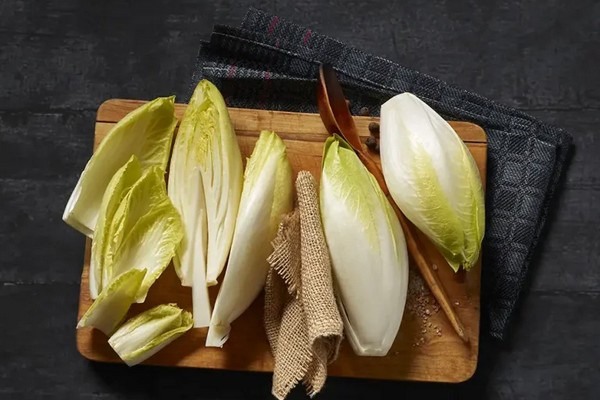
In addition to supplying domestic food retail outlets and commercial kitchens, this year also saw the company start delivering to some of Austria's best restaurants and top chefs. The aim is to further expand this market in the coming years.
Five-fold increase in per capita consumption
Klimesch quantifies the upward trend in endive consumption using specific figures: Six years ago, per capita consumption in Austria was around 25 grams, and has now risen to around 125 grams. "However, we are still far behind Germany, with around 300g, or Switzerland, with 1.2 kg, not to mention Belgium, France, or the Netherlands, with over 2 kg per capita per year. We aim to make an as-yet-unknown vegetable better known and more popular in Austria because endive is not only one of the healthiest vegetables but also one of the most sustainable in terms of production. The amount of energy used per kilogram of product is far less than for classic greenhouse crops, even though we are currently confronted with generally rising costs. Our marketing partners also value the product highly. Although endive is and remains a niche product, we still see a lot of growth potential in Austria. Accordingly, we have expanded our production capacity by 40 percent this year, and now that we are operating at full capacity, we are planning a further 10 percent expansion in 2025. We are the easternmost production plant in Europe and will continue to grow as customer demand increases."
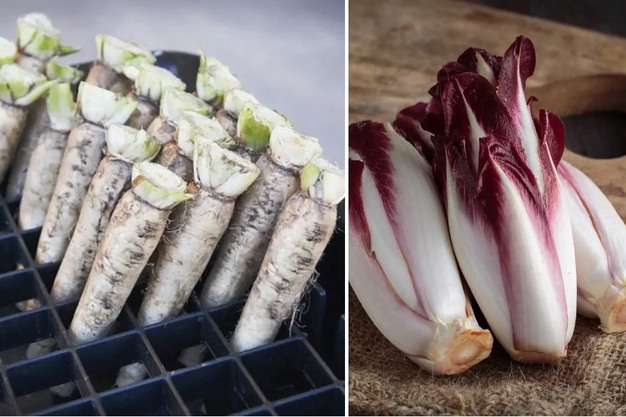 In addition to the classic endive, Agrar Klimesch GmbH also produces mini-endive (chicorette), Friseline, and its red counterpart. The share of sales of red endive in relation to white endive is currently around 25 to 75 per cent, which is well above the European average.
In addition to the classic endive, Agrar Klimesch GmbH also produces mini-endive (chicorette), Friseline, and its red counterpart. The share of sales of red endive in relation to white endive is currently around 25 to 75 per cent, which is well above the European average.
Photo credit: Agrar Klimesch GmbH
For more information:
Lukas Klimesch
Agrar Klimesch GmbH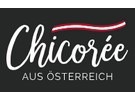
Europastrasse 1a
7561 Heiligenkreuz i. L.
Mobile: +43 699 10 222 222
E-Mail: [email protected]
www.chicoree.at










